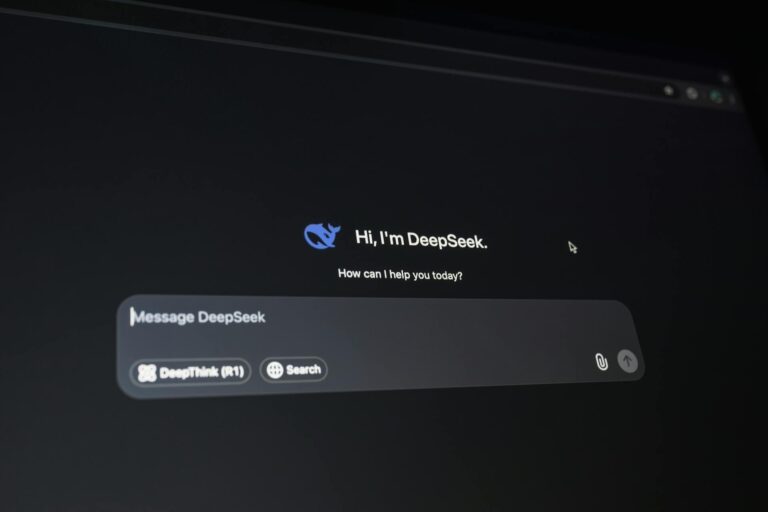
Is history repeating itself?
Concerns that AI could replace existing mid-market jobs are growing. Independent research from Node4reveals that job loss fears top the list of worries IT decision-makers have about AI use within their organisation. That number breaks down to around 40% of CTOs, 30% of IT Managers, and approximately a quarter of IT Directors and CIOs.
In many ways, we’ve been here before—every advance in technology has been accompanied by such anxieties. In the 19th century, Luddite rioters destroyed power looms, and croppers wrecked newly introduced harvesting machines. More recently, London’s cabbies brought the capital to a standstill after TfL granted Uber an operating license. In all these instances, new technology promised to make life easier for consumers and more efficient for large businesses. However, the original skilled service providers felt their job security was threatened and that their hard-earned skills were no longer valued in the same way.
But todays IT decision-makers are in a unique position. Unlike workers of the past who reacted to change, they are the architects of it. With the authority to specify, implement, and guide AI adoption, IT decision-makers can take a proactive approach – ensuring AI is introduced at a pace and scale that benefits their organisation rather than charging at full speed into the unknown.
AI and the cyber threat landscape
Job security concerns aside, this would seem a wise course of action. That’s because our data suggests IT decision-makers are also worried about the potentially negative impact that AI could have on their organisation’s IT security. We can confirm that 30% said AI represents a top cyber security threat, 28% believe it could expose their organisation to new cyber security risks, and a quarter think it could accidentally reveal sensitive corporate information.
Our respondents are not alone in their concerns. An assessment by the National Cyber Security Centresuggests AI is increasing the speed, volume and sophistication of cyber attacks while also making it easier to become a cybercriminal. This may be why respondents told us that dealing with AI-related threats was their top cyber security priority this year—and why a lack of security continues to be their main reason to hold back on AI adoption.
But AI can also play an important role in cyber defence. IT leaders concerned about AI-driven threats can turn to services such as Security Event and Incident Management (SIEM) which can learn to anticipate new cyber threats by analysing previous attack patterns. From there, SEIM services can either handle the incident automatically or alert security team members before a major incident is declared. Many SIEM and other threat detection technologies are now being AI enhanced. Earlier this year, Microsoft launched Copilot for Security, which uses AI to help with threat detection, impact analysis and incident response enabling Security Operations teams to be quicker and better informed. This might be of great comfort to the 33% of respondents who said their top priority was to improve their threat intelligence capabilities.
Solving the cyber security and AI skills gap
Around a quarter of respondents admitted that their lack of understanding surrounding AI-related threats was a major barrier to implementing cyber security measures—alongside a shortage of general in-house cyber security skills. As such, it’s little surprise that the majority seek to deal with AI adoption and related cyber security challenges through a mix of third-party support—including cloud providers, MSPs and retained consultants—rather than looking to make full-time hires.
That said, we believe in-house employees would still benefit from training to help them cope with the surge in AI adoption. Our respondents agreed. Over a quarter said cyber threat education is one of their top priorities. This training should focus on how to utilise AI tools effectively, enhancing cybersecurity capability around AI-risks, and organisation-wide training to spot the signs of an AI-generated cyber attack.
Conclusions
Although there’s a lot of legitimate concern around AI adoption and its potential to negatively impact cyber security, we believe there’s less to worry about regarding job losses. History has taught us that great leaps in technology actually create new roles, positions and opportunities. If you don’t believe me, cast your mind back to the ‘90s and the rise of the internet or emergence of cloud computing in the ‘00s. Furthermore, a significant number of businesses we are talking to today tell us that AI is enhancing the workforce by automating repetitive tasks enabling them to focus on higher value work. Even the names of solutions such as Copilot, Duet and Gemini reflect their purpose as tools to assist rather than replace human effort.
Taking all this into account, job losses are unlikely, but roles and skills will evolve and the continued creation of jobs in certain areas is probably at risk. As such, IT leaders should take a proactive stance by educating themselves and their organisation and evaluating the scope, scale and speed of their own AI adoption.
AI has the potential to provide organisations with opportunities to increase efficiency, escape from monotonous and repetitive jobs, deliver higher value and keep one step ahead of cyber criminals. For these reasons, although AI implementations need to be well-planned and have clear objectives, the technology itself is not something to be feared—in fact, it should be embraced as a powerful tool for driving productivity and resilience in a rapidly changing world!
To download a full copy of the report, visit https://node4.co.uk/resource/mid-market-report-2024.

Geoff Barlow
Geoff Barlow is Product and Strategy Director at Node4.


